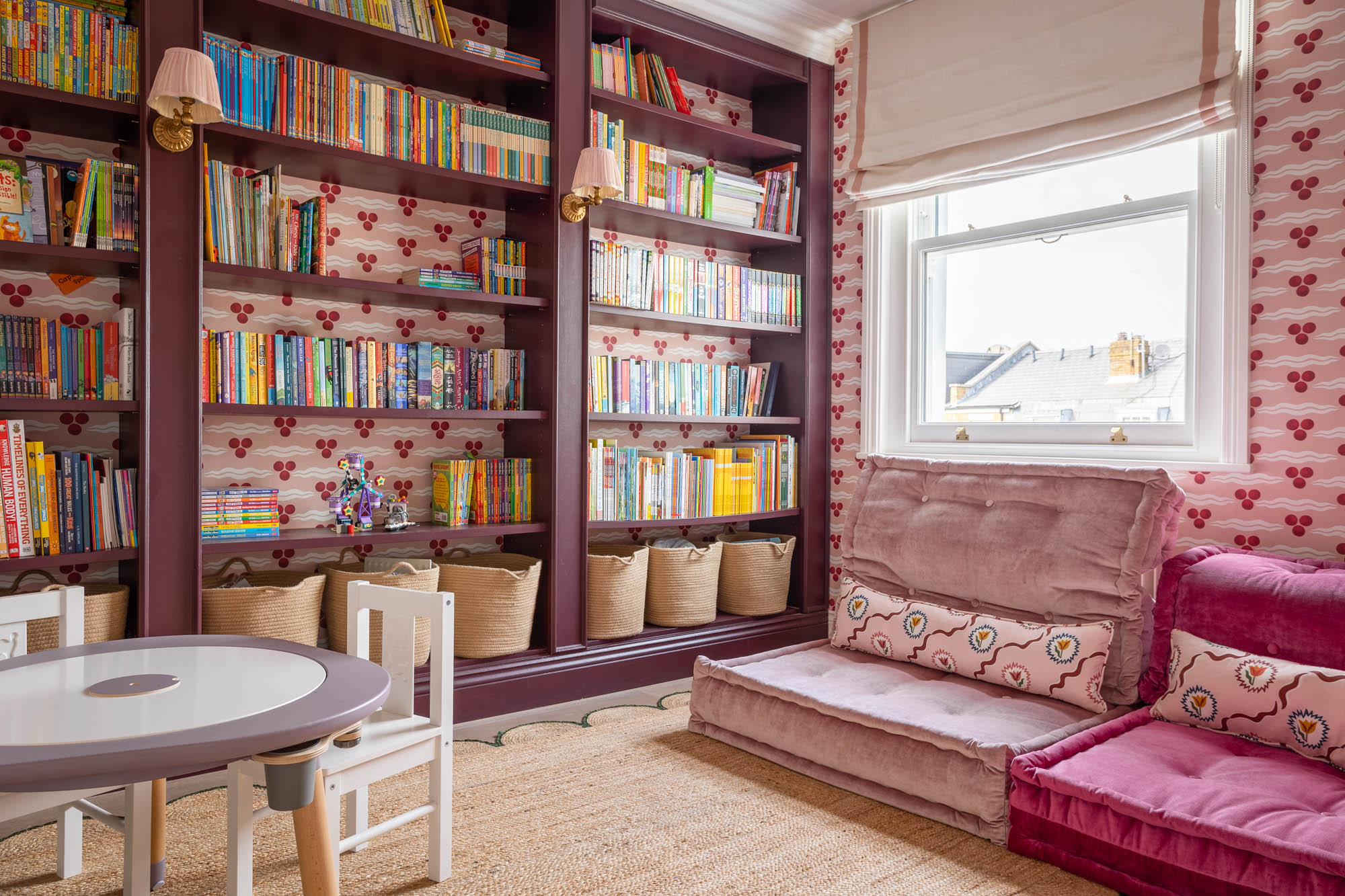
Designing a playroom is a unique opportunity to create a space that fosters creativity, learning, and fun for your kids. A well-designed playroom not only keeps the little ones entertained but also helps in their development. In this blog post, I’ll share my expertise and offer practical tips and tricks to help you design the perfect playroom in your residential home.
Understanding the Essentials
A playroom should be a safe, functional, and stimulating environment for children. Before diving into the design process, consider the following essentials:
- Safety First: Ensure the playroom is free from hazards. Use non-toxic paint, secure heavy furniture to walls, and choose rounded furniture edges to prevent injuries.
- Functionality: The playroom should accommodate various activities like reading, playing, crafting, and storage. Think about how your children will use the space now and as they grow.
- Stimulation: Create an environment that stimulates creativity and learning. Incorporate elements that encourage imaginative play, problem-solving, and social interaction.
Designing the Space
Layout and ZoninDivide the playroom into zones for different activities. This not only keeps the room organised but also helps children understand where certain activities take place.
Activity Zone: Include a table and chairs for arts and crafts, puzzles, and games. This area should have ample lighting and easy-to-clean surfaces.
- Reading Nook: Create a cosy corner with a bookshelf, comfortable seating, and good lighting. A teepee or canopy can add an element of fun and make reading time more exciting.
- Play Area: Dedicate space for toys, building blocks, and other play items. A soft rug or foam mats can provide a comfortable and safe play surface.
- Storage Solutions: Incorporate plenty of storage options to keep the playroom tidy. Open shelves, bins, and baskets make it easy for children to access and put away their toys.
Colour Palette
Choose a colour palette that is vibrant yet soothing. Bright colours can stimulate energy and creativity, while softer hues provide a calming effect.
- Primary Colours: Red, blue, and yellow can be used as accents to add a lively touch to the room.
- Pastels: Soft shades of green, blue, and pink can create a serene and inviting atmosphere.
- Neutral Base: Use neutral colours for larger pieces of furniture and walls. This allows you to change the room’s look with different accessories as your children grow.
Furniture and Decor
Select furniture that is durable, child-friendly, and versatile.
- Tables and Chairs: Choose sturdy, easy-to-clean tables and chairs that are the right height for your children. Adjustable furniture can grow with them.
- Storage Units: Invest in modular storage units that can be reconfigured as needed. Labelled bins and baskets make organizing toys easier.
- Decorative Elements: Use wall decals, framed artwork, and colourful rugs to add personality to the room. Opt for pieces that can be easily updated as your children’s tastes change.
Conclusion
Designing a playroom is a rewarding project that can significantly enhance your child’s development and enjoyment. By focusing on safety, functionality, and creativity, you can create a space that grows with your child and becomes a cherished part of your home. At Sean Symington Interior Design, we’re here to help you every step of the way, ensuring that your playroom is as beautiful as it is practical and fun.
